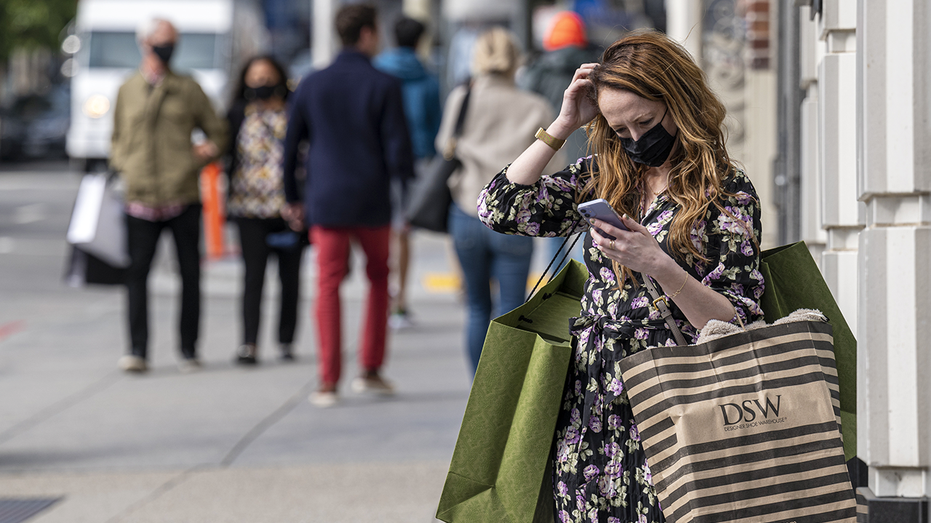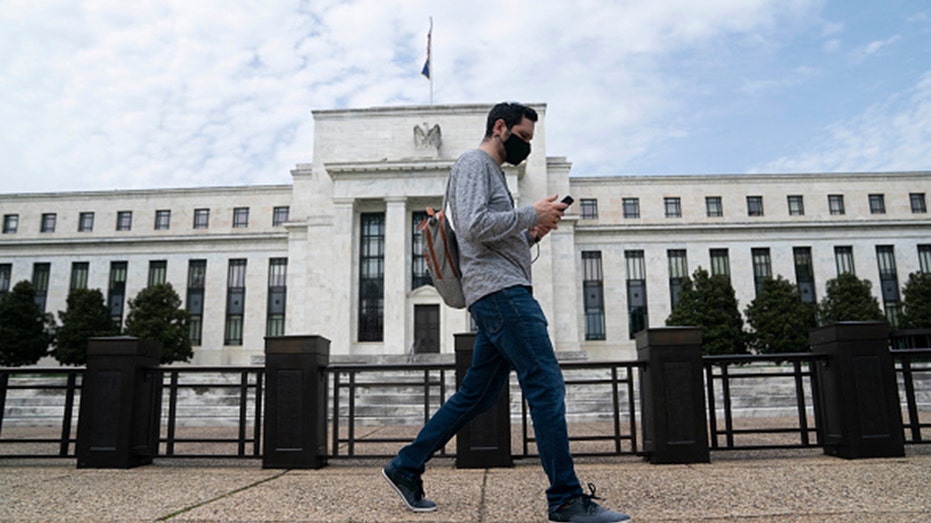Inflation will likely get worse before it starts improving, Goldman warns
Strategic Resource Group managing director Burt Flickinger argues Americans are experiencing ‘one of the worst crises in modern retail history that we’ve seen and it has all evolved in less than a year.’
American consumers are grappling with the fastest price increases in decades, with the cost of everything from cars to gasoline to food surging nationwide.
And the problem may get worse before it starts to improve.

In an analyst note to clients on Sunday, Goldman Sachs economists warned that pandemic-induced disruptions in the global supply chain – which have caused congestions in ports and warehouses nationwide – could last longer than expected as surging demand struggles to keep up, meaning that inflation metrics will remain “quite high for much of next year.”
“It is now clear that this process will take longer than initially expected, and the inflation overshoot will likely get worse before it gets better,” they wrote.
FED TO TAPER BOND PURCHASES BY $15B A MONTH AS IT EXITS PANDEMIC-ERA POLICY
Inflation, as measured by the Federal Reserve’s preferred gauge, has climbed to the highest level since May 1991. (In September, the so-called core personal consumption expenditures price index jumped to 4.4%, well above the Fed’s preferred target of 2%.) Still, the U.S. central bank has not backed away from its stance that inflation is likely transitory and expected to cool next year as pressures on the supply chain begin to dissipate.

The Goldman Sachs economists – who projected that core PCE inflation will rise from 3.6% to 4.4% by the end of 2021 – seconded that opinion. They have forecast that inflation will cool slightly to 2.3% at the end of 2022 and fall to 2.1% by the end of 2023.
“We do not think that aggregate demand is on an unsustainable trajectory or that inflation expectations have become unanchored, and the overshoot should therefore ultimately prove transitory,” the economists wrote.
Federal Reserve Chairman Jerome Powell has repeatedly blamed the highest inflation in 30 years on supply chain bottlenecks, pandemic-induced shortages and pent-up consumer demand and pushed back on the idea that wage pressure from an incredibly tight labor market is what’s driving inflation.
“Our baseline expectation is that supply bottlenecks and shortages will persist well into next year and elevated inflation as well,” Powell told reporters last week. “And that, as the pandemic subsides, supply chain bottlenecks will abate and job growth will move back up. And as that happens, inflation will decline from today’s elevated levels.”

Still, he conceded recently that inflation could last into the latter half of 2022 before it begins to subside.
“The timing of that is highly uncertain,” Powell said, “but certainly we should see inflation moving down by the second or third quarter.”
GET FOX BUSINESS ON THE GO BY CLICKING HERE
His comments came after the Federal Open Market Committee voted to begin pulling back on the extraordinary stimulus it has given the economy since March 2020. The U.S. central bank announced that it would reduce its aggressive bond-buying program by $15 billion a month in mid-November, lowering its…
Read More: Inflation will likely get worse before it starts improving, Goldman warns
